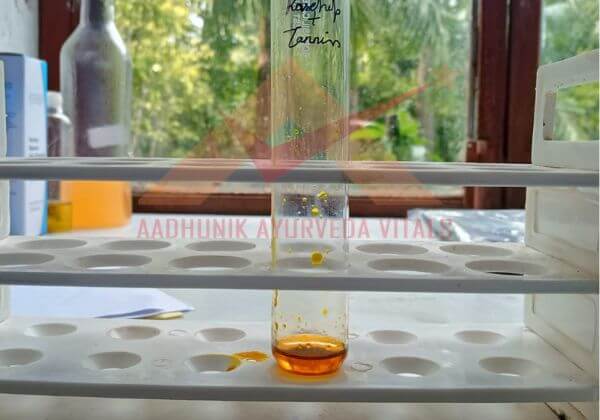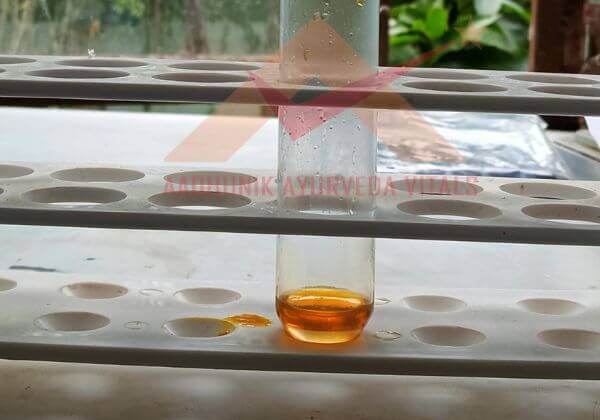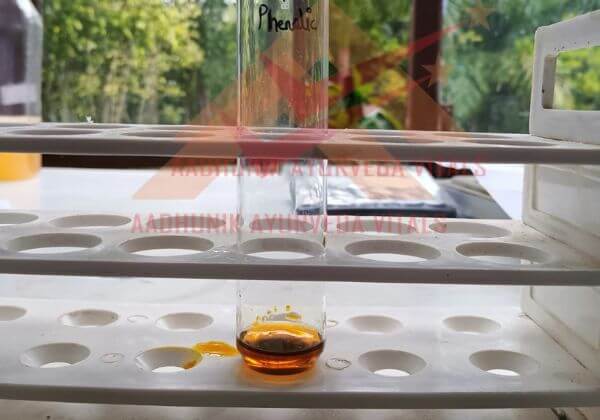Characterization of Physico-chemical and other Bioactive properties of Rosehip Oil Extracted By Cold-Pressed Method
In this study, the nutritional composition and phytochemical composition of the rosehip seed, and the fatty acid of the seed oil were investigated. The rosehip seed contained valuable phytochemicals such as phenolic compounds. Furthermore, the rosehip-seed oil was rich in polyunsaturated fatty acids, linoleic acid, and linolenic acid. The rosehip seed and seed oil were found to have antioxidant activity measured by trolox equivalent antioxidant capacity assay. It can be concluded that the rosehip seed and seed oil may be utilized as a source of phytonutrients.
Introduction
Rosa canina L. rosehip, is a wild shrub growing in different parts of the world like Europe, northwest Africa including India. The fruits of the rosehip have been used in folk medicine for a long time. The health benefits of rosehip are attributed to the presence of bioactive compounds such as phenolic compounds. Since rosehips have the highest level of ascorbic acid among fruits and vegetables, they have been used as an herbal tea and vitamin supplement for a long time. Fresh rosehips are consumed as a snack and dried rosehips are processed in products such as tea, jam, nectar, marmalade, and pestle. The seeds, byproducts of rosehip products, are used for animal nutrition. The lipid fraction of the rosehip seed contains polyunsaturated fatty acids. Rosehip-seed oil has been used in cosmetics because of its therapeutic effect on skin disorders. Research on the characterization of byproducts in the food processing industry has gained considerable attention, since the by-products can be utilised in pharmacological, cosmetic, and food applications as potential sources of bioactive compounds. This present study was aimed at evaluating the effect of extraction methods on the physico-chemical properties, fatty acid composition in seed oil.
Method
Oil extraction - Rosehip seed
Cold press method was used to extract oil from the Rosehip seed. After the extraction process, the oil was filtered to remove impurities and then kept in a glass bottle under 18°C.
The Following table provides information on the most commonly tested physico-chemical analysis, fatty acids profile, phytochemical and other bioactive analysis was done.
| Product Name |
Rosehip Seed Oil |
| Botanical Name |
Rosa canina L |
| Manufacturing Process |
Cold pressed only |
| Part Used |
Seeds |
| Quality |
100% pure and natural |
| Usage |
Skincare, health, food and wellness |
| Cultivation |
Himalayan region of Uttarakhand |
Physico-chemical Analysis
Various parameters were analysed in Rosehip oil are given below.
| Properties |
Specification |
Results |
| Appearance |
Oily Liquid |
Conforms |
| Colour |
Clear dark red-orange color liquid |
Conforms |
| Odour |
Characteristic |
Conforms |
| Solubility |
Soluble in cosmetic esters and fixed oils/fats, and insoluble in water |
Conforms |
| Acid Value |
<1.0 |
1.3 |
| Vitamin C (mg/l) |
<1000 mg/kg |
1.0 |
| Refractive Density @20° |
0.915-0.930 |
0.924 |
| Refractive Index @20° |
1.470-1.482 |
1.478 |
| Saponification Value (Mg/KoH/G) |
185.209 |
191.40 |
| Peroxide Value (ME O2/ Kg) |
<10.0 |
3.10 |
| Iodine Value (CALC) |
144-161 |
148.0 |
Fatty Acid Profile (%)
| Fatty Acid |
Specification Range (%) |
Results (%) |
| Palmitic acid |
2.0-10.0 |
4.05 |
| Oleic acid |
10.0-20.0 |
18.07 |
| Stearic |
1.0-7.0 |
2.87 |
| Linoleic acid |
35.0-60.0 |
49.5 |
Qualitative Analysis of Phytochemical/Nutritional Profile Test For Rosehip Seed Oil
| Phytochemical Screening Test |
Rosehip Oil Specification |
Results |
| Flavonoid |
Highly present |
(+ve) |
| Tannins |
Not present |
(-ve) |
| Anthocyanin |
Not present |
(-ve) |
| Phenolic |
Slightly present |
(+/-ve) |
Microbial Analysis of Rosehip Seed Oil
| Microbial |
Specification |
Results |
| Aerobic Mesophilic Bacterial Count |
<1000 CFU/g |
Conforms |
| Yeast and Mould |
<100 CFU/g |
Conforms |
- Appearance- Rosehip Seed Oil is in a liquid form.
- Colour- The pure cold-pressed rosehip seed oil is a clear red-orange liquid in colour.
- Odour- The odour of cold-pressed rosehip seed oil is obtained from the seeds The Rosehip oil has characteristics in aroma.
- Solubility- Rosehip Seed Oil can be soluble in cosmetic esters & fixed oils, and insoluble in water.
- Acid value- the acid value is the number of milligrams of KOH that is required to neutralise the free fatty acid present in 1.g of fat.
- Refractive Index- is a determined value that provides a relative measure of the optical density of that material. The higher the index of refractive value, the more optical dense a material is.
- Saponification Value- is the number of milligrams of KOH required to neutralise the fatty acids resulting from the complete hydrolysis of 1g of fat.
- Unsaponifiable matter- are the substances in many oils and fats that are not tri-glycosides. These can be washed away because they are soluble in water.
- Peroxide Value- is a parameter specifying the content of oxygen as peroxide, especially hydroperoxide in a substance.
- Iodine Value- the iodine value is the amount of iodine in 100g of oil or fat.
- Fatty Acids- Rosehip seed oil contains a few fatty acids such as palmitic acid, oleic acid, stearic acid, linoleic acid, etc.
- Heavy Metals- This test is done to see if there are unusual amounts of metals that are toxic or could be harmful.
- Microbial Test- is significant and is expected by various industries from over the world, where human wellbeing is in danger of being adversely affected by illness causing bacterial and infection, and microbial toxins.
Observations of Qualitative Tests for Rosehip Oil
- Flavonoids: The High presence of red brown colour shows the presence of flavonoid.
- Tannin: No formation of blue colour in the sample shows the presence of tannin.
- Anthocyanin: No pinkish colour was observed which immediately changes into blue/violet color shows the presence of anthocyanin.
- Phenol: Slightly Formation of yellowish-blackish colour shows the formation of phenol.
Conclusion
The findings of this study showed that rosehip seed and seed oil were good sources of phytonutrients. Consumption of foods rich in phytonutrients is recommended to reduce the risk of chronic diseases. The nutritional composition and the presence of bioactive compounds make the rosehip seed a valuable source of phytonutrients.












